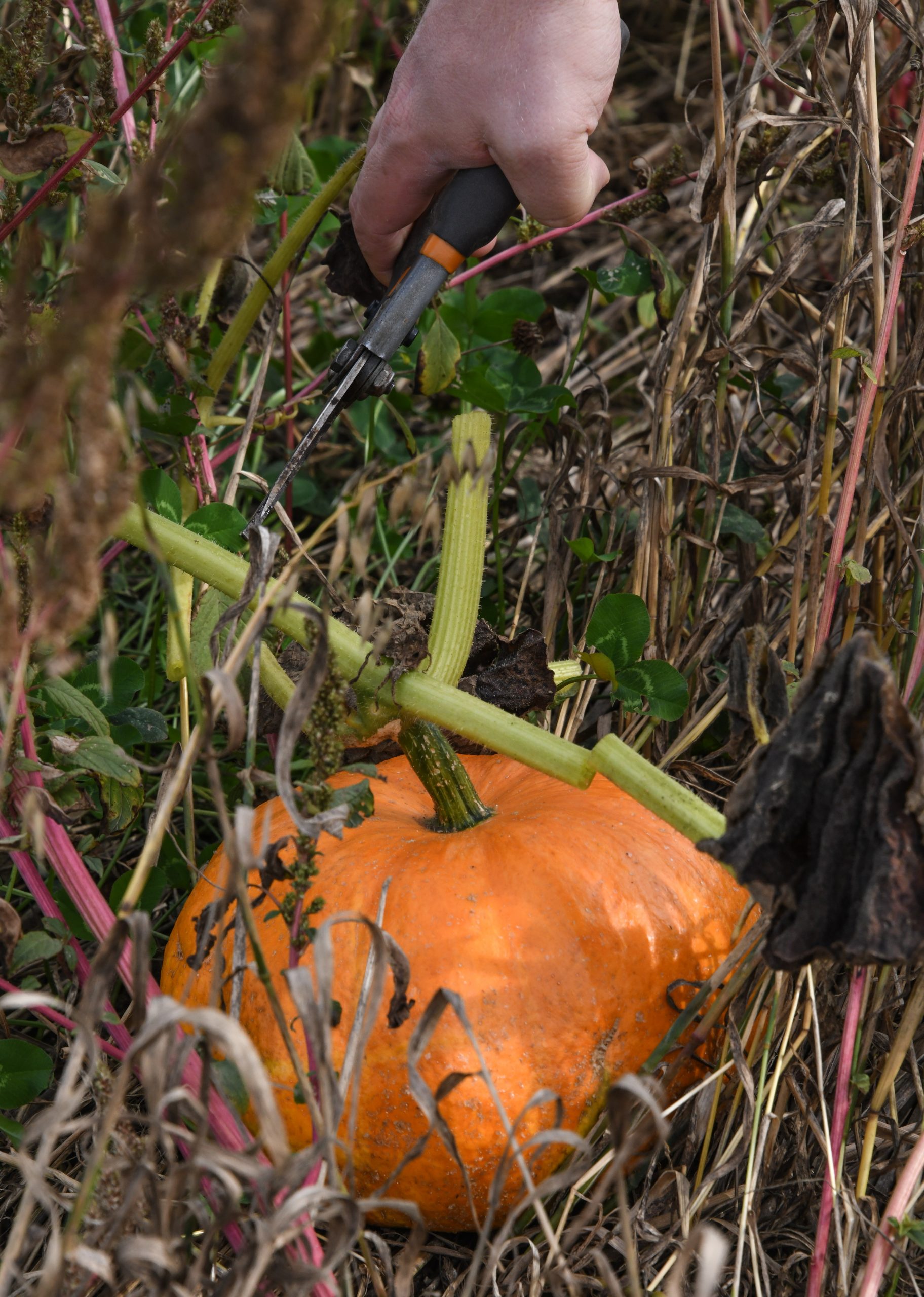The Best Carrot Cake Ever
My husband likes to say that he’s a simple man but I’ve never known anyone to have a more complicated relationship with carrots than he. Just try sneaking an orange sliver into a stew, pot pie or casserole. With the quick flick of his spoon the offending veg flies off his plate and onto mine. Forget about slipping raw, julienned carrots into a salad or slaw. The cat, who eats anything, ends up eating them. However, if you ask Sean what his favorite dessert is, his answer will be carrot cake. If you like to cook and live with someone who has a favorite dish, chances are that you’ve tried to perfect it. Such is the case with me and carrot cake. After countless years and cakes I found perfection yesterday in the following recipe. I’d love to claim that I conjured up this winsome sweet on my own but I can’t; the recipe comes courtesy of my husband’s aunt, Nancy Haberberger. Sweet but not cloying, moist but not soggy, flavorful but not overly rich, …
